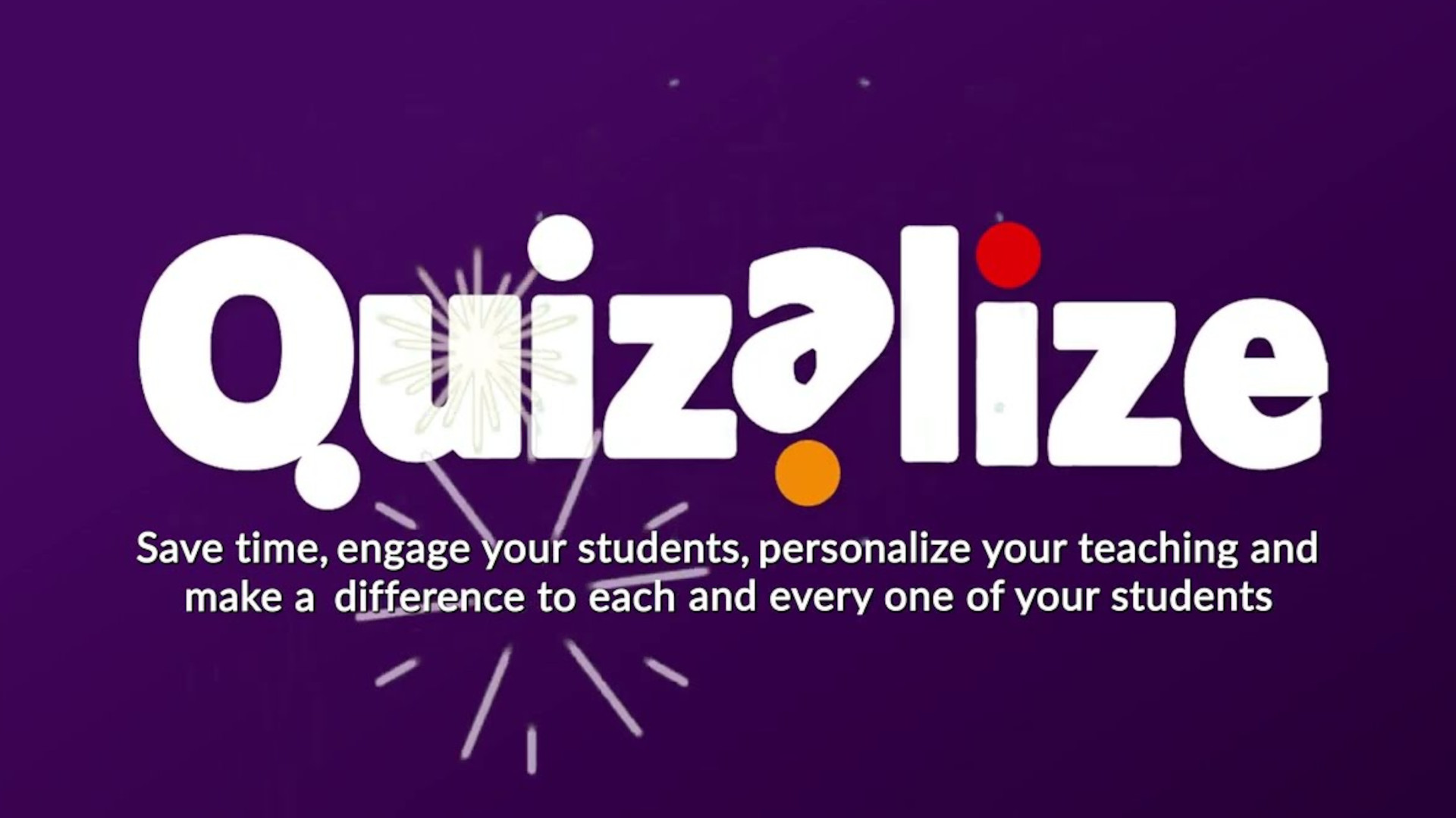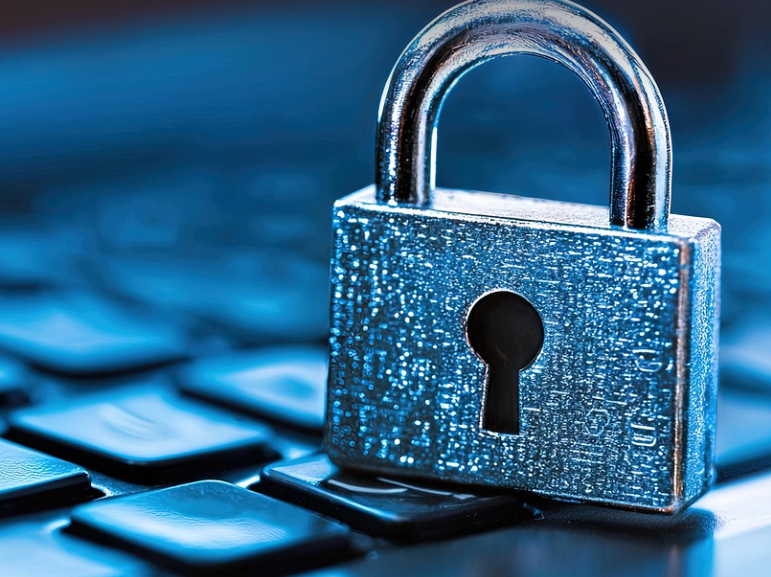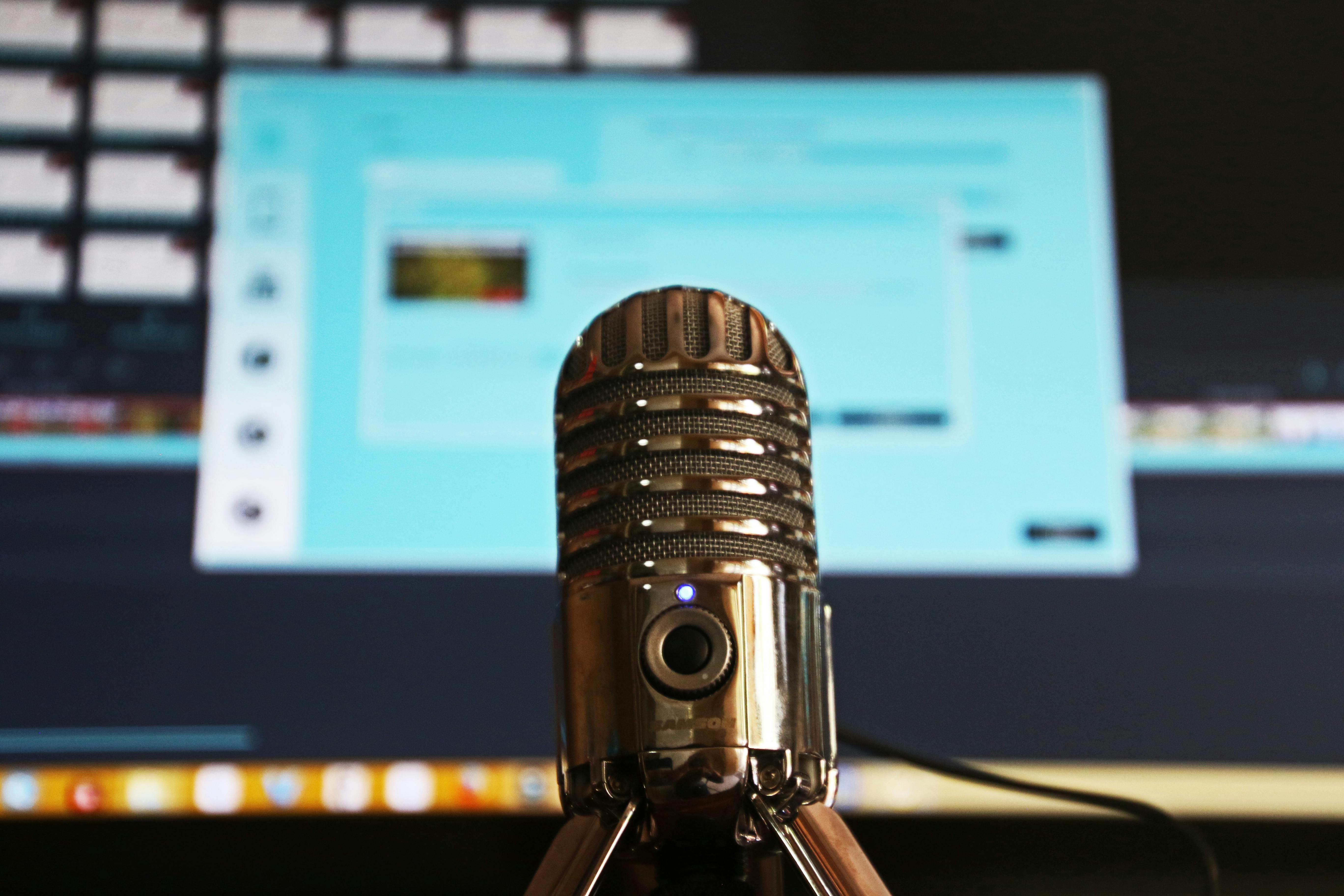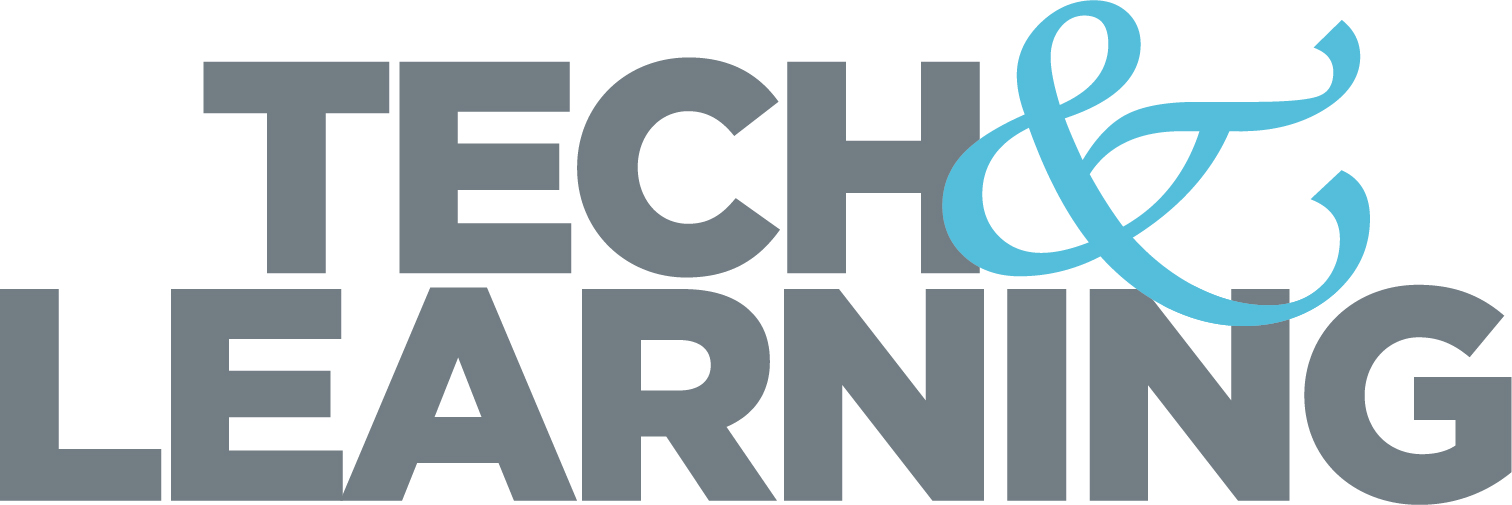Best Restorative Justice Practices and Sites for Educators
Best practices, resources, guides, sites, and more for implementing restorative justice in schools
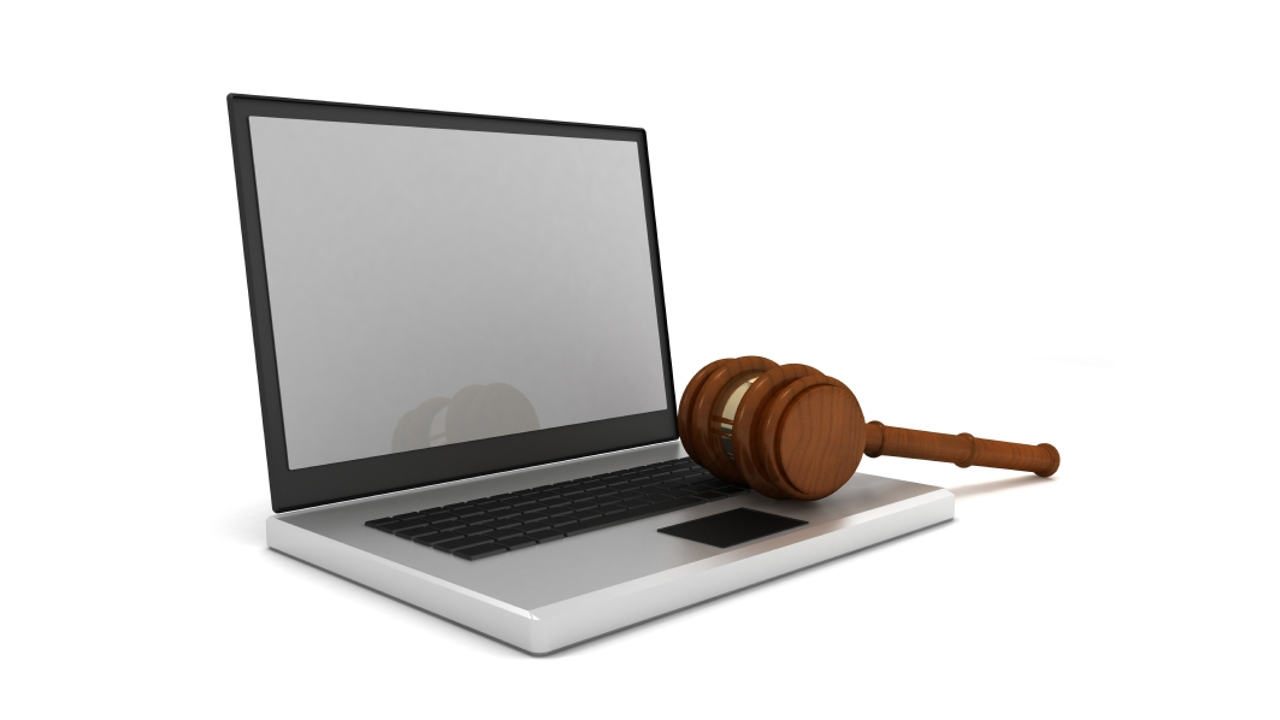
Throughout much of the history of schools in America, corporal punishment, suspension, and expulsion have been the primary means of controlling students who act inappropriately or even violently. But many argue that a punitive-based system, while temporarily restoring order, does nothing to address the underlying causes of misbehavior. Nor does it require offenders to truly reckon with the damage they’ve done to others.
In recent years, the conversation around school discipline has shifted from the punitive-based approach to an admittedly more complex, holistic approach known as restorative justice (RJ) or restorative practices (RP). Using carefully facilitated conversations, students, teachers, and administrators work together to solve behavior problems in schools. Suspensions or expulsions may still occur, but usually as a last resort, not first.
The following articles, videos, guides, professional development opportunities, and research are a great starting point for educators and administrators to learn what it takes to institute restorative practices in their schools—and why it matters.
OVERVIEW OF RESTORATIVE JUSTICE IN SCHOOLS
How Restorative Practices Work for Students and Educators
A look inside selected Restorative Justice Partnership schools in the Denver area, featuring views from teachers, administrators, and kids.
What Teachers Need To Know About Restorative Justice
This article explores not only the basics of restorative justice (prevention, intervention, and reintegration) but also asks key questions, such as “Does it really work in a classroom?” and “What are the drawbacks to restorative justice?”
What’s Restorative Practices in Schools?Educator and behavior expert Laura Mooiman explains the structure of restorative justice practices in schools in this brief video.
Learning for Justice Toolkit: The Foundations of Restorative Justice
How a shift toward restorative practices can help schools—and why all educators need to be on the same page.
Tech & Learning Newsletter
Tools and ideas to transform education. Sign up below.
Restorative Practices in Schools Work ... But They Can Work Better
Strategies to implement restorative justice while supporting educators.
Making Things Right - Restorative Justice for School Communities
How restorative justice differs from traditional discipline-based approaches to conflict in schools.
An Alternative To Suspension And Expulsion: 'Circle Up!'
It’s not easy to change school culture, especially when buy-in is required from everyone—students, teachers and administrators alike. An honest look at the benefits and difficulties in implementing RJ in one of California's largest districts, Oakland Unified.
VIDEOS OF RESTORATIVE JUSTICE IN SCHOOLS
Restorative Justice Introduction
If a student is injured severely enough to be hospitalized, can restorative justice provide a solution? Explore the potential of restorative justice through the case of a serious assault in a Lansing school. Emotionally powerful.
Restorative Approach Example - Primary School
Learn how an effective facilitator talks with younger students to resolve conflicts without traditional punishment.
Restorative Justice in Oakland Schools: Tier One. Community Building Circle
It’s not only educators that lead restorative justice initiatives. In fact, the role of students is critical. Watch as the students in Oakland create and nurture a community circle.
Using Dialogue Circles to Support Classroom Management
How one elementary school teacher implemented mindfulness and dialogue circles to help her students manage stress and to share meaningful life experiences. Great example of real-world, albeit imperfect, execution of restorative justice. Note: Includes a controversial element at the end.
Restorative Welcome and Reentry Circle
How can previously incarcerated students re-enter the school community in a positive way? Teachers, students, and parents welcome a young man back into a high school by building trust and showing empathy.
The "Why" of Restorative Practices in Spokane Public Schools
Spokane Public Schools educators discuss the importance of authentic relationships between teachers and students.
Restorative Resources Accountability Circle Graduation
How do you know if a student has taken full responsibility for his or her harmful actions? Until this occurs, there cannot be restorative justice. In this video, kids talk about understanding empathy, sharing feelings, and accepting responsibility.
Chicago Public Schools: A Restorative Approach to Discipline
Teachers, students, and administrators explore why suspension means nothing but “free time” for students who misbehave, while restorative justice addresses the roots of such behavior.
Introducing Restorative Justice for Oakland Youth
Hear from a local judge who found that the criminal justice system was inadequate for creating lasting change among young offenders.
GUIDES TO RESTORATIVE JUSTICE IN SCHOOLS
How to Implement Restorative Practices In Your School
Learn how respect agreements, restorative inquiry, and re-entry circles can be employed and implemented in your school.
Alameda County School Health Services Coalition Restorative Justice: A Working Guide For Our Schools
From the Alameda County Health Care Services Agency, this comprehensive report analyzes the benefits, outcomes, and impacts of restorative justice initiatives in schools, as well as provides a handbook toward implementation.
Oakland USD Restorative Justice Implementation Guide
Detailed, step-by-step instructions for all members of the school community—from teachers and principals to students and parents to school security officers—for creating school restorative justice programs.
NYC Restorative Practices Whole-School Implementation Guide
The NYC DOE delves into all aspects of setting up an effective restorative justice plan in this 110-page document. Includes useful printable forms.
Will restorative practices eliminate “misbehavior” in schools? A look at the myths and realities of RP, as well as what to do when challenges make it hard to implement.
Lessons Learned from Restorative Justice Practitioners in Four Brooklyn Schools
A concise and eye-opening examination of the experiences of restorative justice practitioners in four Brooklyn schools.
6 Steps Toward Restorative Justice in Your School
Overwhelmed by the challenges of adopting a restorative justice framework? These six steps break down a weighty project into doable parts.
Making Restorative Justice Work
High school principal Zachary Scott Robbins describes the restorative justice tribunal structure and process, highlighting critical factors such as budget, time, and the importance of demonstrable success.
PROFESSIONAL DEVELOPMENT FOR RESTORATIVE JUSTICE IN SCHOOLS
RS Webinar Tutorial: Restorative Circles
Australian educator and school behavior expert Adam Voigt leads a 2020 webinar focusing on restorative circles, an essential aspect of restorative practices.
Restorative Justice Education Online Training
A research-based 16-module online training that fully prepares educators to carry out RJ initiatives. A certificate of completion is granted upon completion of the program, which includes topics such as teacher-student relationships, community circles, and the blend of current practices with restorative justice.
12 Indicators of Restorative Practices Implementation: Checklists for Administrators
School administrators tasked with setting up RJ have a tough row to hoe. Although they may not be the day-to-day practitioners, they must persuade teachers, parents, students, and all other stakeholders of the value in transforming school culture. These checklists help administrators wrestle with the issues.
Restorative Practices in Schools Fall Training Institute
A fully online training in restorative practices to be held Nov 8-16 2021, the six-day seminar includes options for two and four days as well. Choose the two-day introductory course or take a deep dive into the weeds with the full program.
Restorative Practices for Educators
This two-day online introductory course teaches fundamental theory and practices. A certificate of participation will be awarded and may be submitted for continuing education credit. While registration has closed through September 2021, there is still space available October 14-15, 2021.
Schott Foundation: Fostering Healthy Relationships and Promoting Positive Discipline in Schools
A practical, 16-page guide explaining how restorative practice-based education results in conflict resolution instead of incarceration in a juvenile justice center. Packed with useful ideas for implementation at the classroom and district level.
RESEARCH ON RESTORATIVE JUSTICE IN SCHOOLS
Does restorative justice work? While understanding the experience of participants in RJ is crucial, it’s also important to know what scientific research has to say about the effectiveness—or lack thereof—in schools.
- Improving School Climate: Evidence From Schools Implementing Restorative Practices
- Restorative Practices in Schools: Research Reveals Power of Restorative Approach, Part I and Research Reveals Power of Restorative Approach, Part II, by Abbey Porter via International Institute of Restorative Practices
- Study Shows Youth Are Less Aggressive With Restorative Practices, by Laura Mirsky via Restorative Practices Foundation
- Restorative Practices Shows Promise for Meeting New National School Discipline Guidelines
- Effectiveness of Restorative Justice Programs
- The promise of ‘restorative justice’ starts to falter under rigorous research
- Effectiveness of Restorative Justice Principles in Juvenile Justice: A Meta-Analysis
Tech & Learning editor and contributor since 2010, Diana is dedicated to ferreting out the best free and low-cost tech tools for teachers.









